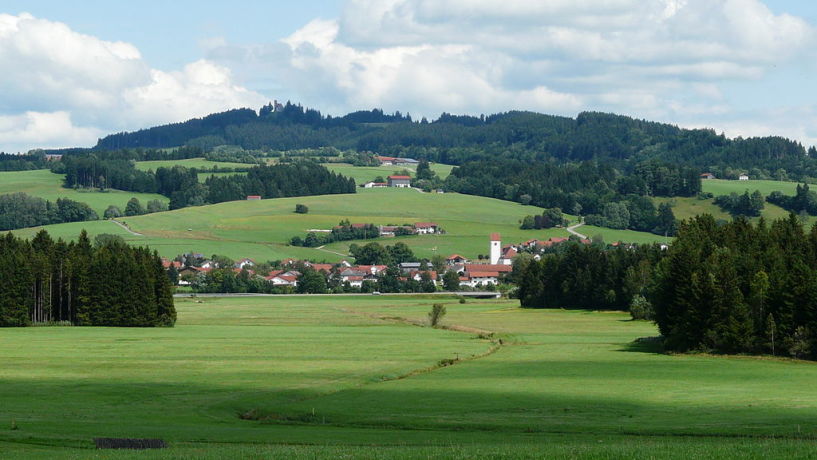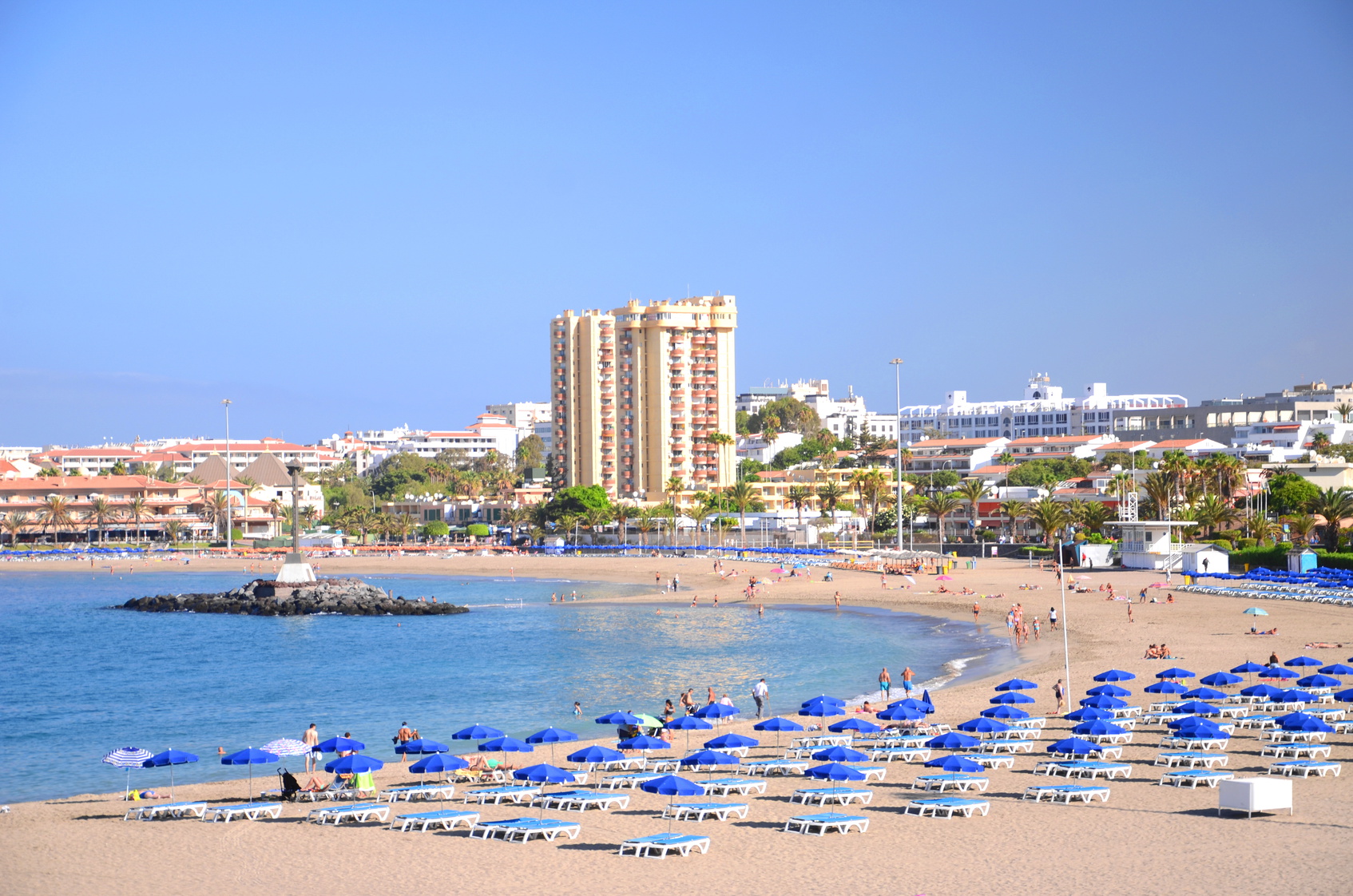Founded in 15 BC, Augsburg, Germany is one of Europe’s oldest cities. Wherever you go in this Bavarian city, located on the doorstep of the Alps, you are overwhelmed with evidence of Augsburg’s two-millennium history. As you stroll through this extraordinary city, perhaps nibbling a slice of the city’s favourite local sweet, a plum cake called datschi, take a moment to feast your eyes upon centuries of architectural splendour
The Perlachturm
At 70 metres (230 feet) high, this one-thousand-year-old structure dominates the city of Augsburg. Originally built as a watchtower for the former free imperial city of Augsburg, the Perlachturm now offers visitors a chance to climb to its observation deck for stunning views of the city and the nearby Bavarian Alps.
Every year on the 29th of September, St. Michaels Day, children celebrate the Turamichelefest at the Perlachturm. Every hour on the hour, two mechanical figures pop out of a small door on the west side of the tower. As the tower’s clock chimes, the figure of the Archangel Michael defeats the figure of the devil with a thrust of his spear while the delighted children look on.
The Fuggerei
If you’re visiting Augsburg, it’s essential that you know a little bit about the city’s most famous family, the Fuggers. As bankers and venture capitalists, the Fugger family controlled much of the European economy in the 16th century. They replaced the prominent Italian de’ Medici family in wealth, power and influence. The most famous member of this enormously wealthy family, Jakob Fugger “the Rich”, is considered one of the wealthiest people of all time.
In 1516, Jakob Fugger founded what is now the oldest social housing complex in the world, the Fuggerei. Needy citizens of Augsburg were housed in this community, which, with its own church and surrounded by walls, resembled an independent medieval town. With an occupancy of about 150 people, this picturesque village of ivy-covered, red-roofed houses features a model apartment and a museum. Today the Fuggerei is still inhabited, and the annual rent remains what it was in the 16th century: one Rheinischer gulden, or about 0.88 euros (plus daily prayers for the founder and the Fugger family). The fee to tour the Fuggerei is over four times that at four Euros – still a pretty good deal!
[mapsmarker marker=”100″]
Augsburg Town Hall and the Goldener Saal
Next to the Perlachturm in the town centre is Augsburg’s magnificent town hall, a stunning and important example of secular Renaissance style. Its imposing Florentine-style facade, dominated by two towers topped with onion domes, features a copper pine cone, the symbol of Augsburg.
Inside the town hall, the most impressive room is the Goldener Saal, or Golden Hall, a two-storey ceremonial room measuring 5,940 square feet in area. The 46-foot coffered ceiling is lavishly decorated with murals and gold scrollwork, and upon its walls golden figures recline holding spears, shields and other symbols. The overall effect is one of decadent display, a truly eye-watering golden spectacle of splendour.
The Hall was very badly damaged during WWII bombings and it was not until the 1980s that the town council decided to restore the hall in honour of Augsburg’s upcoming 2000th anniversary. Historical drawings and photographs were used to redecorate the Hall, which reopened in 1985 as splendid as it had begun.
How to Get to Augsburg
From London, it takes about eleven hours to drive to Augsburg via the Eurotunnel. Remember to book ahead if you wish to drive across the Eurotunnel – prices start from about £23 per car each way. After emerging from the Eurotunnel at Calais, the road to Augsburg will take you through other grand European cities such as Reims, Strasbourg, and Stuttgart.
By train, take the Eurostar from St. Pancras International to Paris Nord. From Paris Gare de l’Est take the TGV to Stuttgart, then the ICE 1091 toward Munich and disembark at Augsburg. The total journey should take about nine hours.
If you’re not up for a road trip or public transport, a flight from London to Munich is just under two hours, and prices can be extremely reasonable if you book ahead with a budget airline such as easyJet. Once you’ve landed, you can arrange a Munich transfer with Shuttle Direct, which will deliver you speedily to your accommodation in Augsburg, only an hour away.
[mapsmarker marker=”116″]
Where to Stay
Hotel Jakober Hof – As a family-run business, the Hotel Jakober Hof has hosted guests in Augsburg for over 100 years. You’ll recognise this historic building by its green-grey facade, prominent onion dome and classic pediments. The budget hotel offers clean, functional rooms, a breakfast buffet and close proximity to the town hall.
Dom Hotel – Also a family business, the Dom Hotel has a home-like atmosphere that will immediately set you at ease. Set in a quiet neighbourhood in the centre of Augsburg, the hotel offers easy access to the pedestrian zone and the marionette theatre museum. With its exposed beams in the ceilings and terrace views of the Augsburg Cathedral, this mid-range hotel is an authentic Bavarian experience.
Steigenberger Drei Mohren – This historic but modern 4 star hotel is set on Augsburg’s Maximilianstrasse, only ten minutes from the Fuggerei and only 250 feet from the Fuggerhauser, the historical and palatial residence of the Fugger family. The Steigenberger Drei Mohren boasts elegant rooms, a sauna and spa, and several meeting and conference rooms. The most impressive of these, the Teehalle, features a magnificent glass dome, making the space very popular for weddings and other celebrations.



